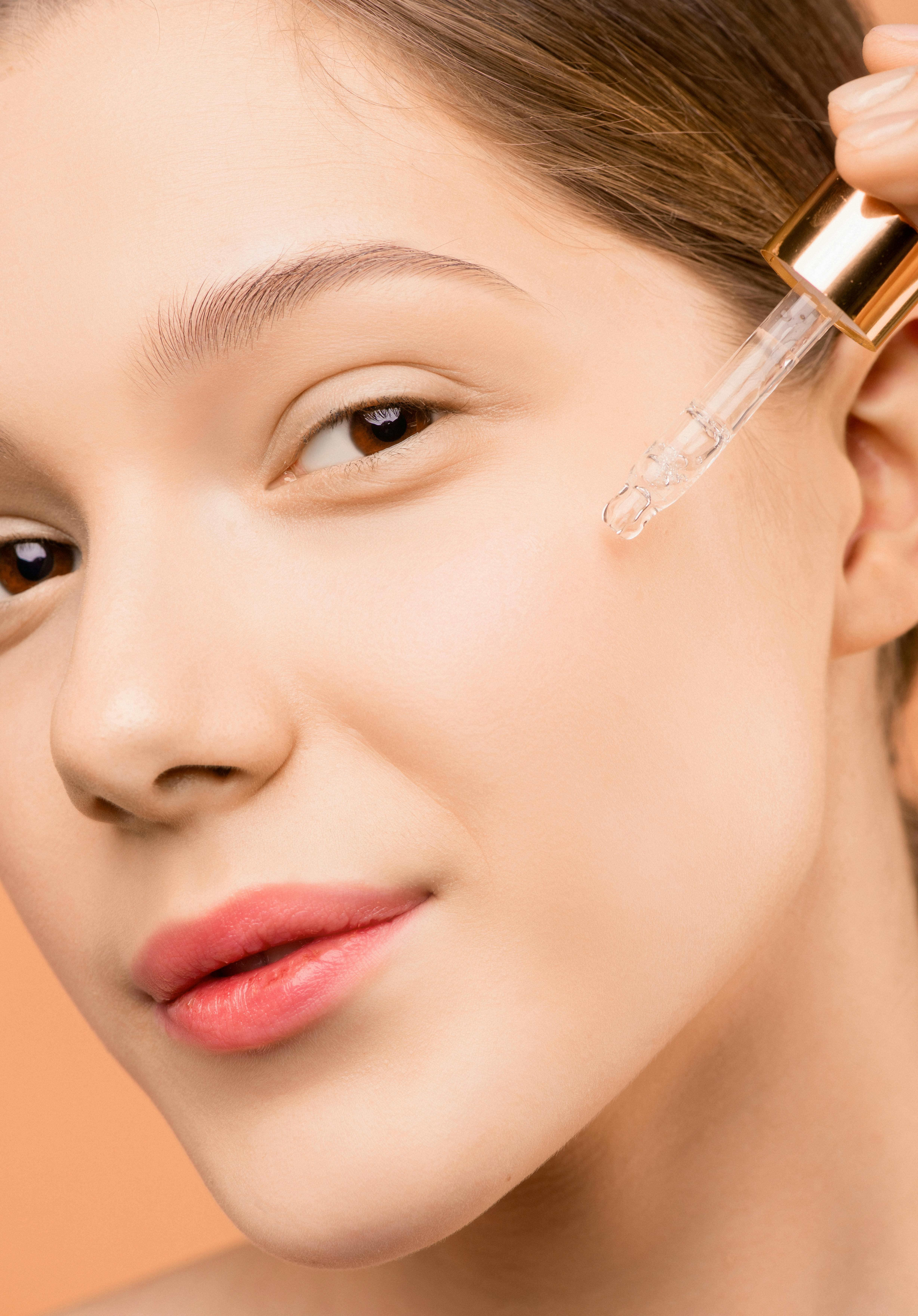Choosing and maintaining cosmetic tools and applicators
Well-chosen and well-maintained cosmetic tools improve application, protect skin and hair, and extend product life. This article explains how to select brushes, sponges, combs and applicators for different needs, how ingredients and product types affect tool choice, and practical cleaning and storage routines to support hygiene and performance.

Choosing the right cosmetic tools and keeping them clean supports both appearance and skin health. From brushes and sponges used in makeup to combs and heat tools used in haircare, tool selection should match your products, routines, and skin type. Proper maintenance reduces bacterial buildup, prevents irritation, and helps tools last longer while making skincare and makeup application more consistent.
This article is for informational purposes only and should not be considered medical advice. Please consult a qualified healthcare professional for personalized guidance and treatment.
Skincare tools for different skin types
Select skincare tools with your skin type and common routines in mind. For sensitive or inflamed skin, choose soft, non-abrasive materials—silicone applicators or ultra-soft brushes—that minimize friction. Oily or acne-prone skin benefits from washable silicone tools and dedicated cotton pads that can be laundered frequently. For dry or mature skin, tools that help gentle product absorption, such as soft facial massage tools or gua sha made from non-porous materials, can aid moisturizer and serum application without excessive rubbing.
Makeup brushes, sponges, and applicators
Brush and sponge shapes affect finish and coverage: dense flat brushes pick up and deposit more pigment, while fluffy blending brushes diffuse powder or eyeshadow. For liquid foundation and cream-based products, synthetic fibers can be preferable because they absorb less product than some natural hair brushes. Sponges offer seamless blending but require frequent washing and thorough drying to avoid microbial growth. Maintain a separate set for eye products versus face products to prevent cross-contamination of pigments and ingredients.
Different makeup applicators perform best with compatible products, and replacing heavily worn tools keeps results consistent.
Haircare tools: brushes and heat tools
Choose combs and brushes according to hair texture and styling needs: wide-tooth combs detangle wet hair with less breakage, while boar or mixed bristle brushes can distribute natural oils for smoother finishes on dry hair. Heat tools such as straighteners and curling irons should have ceramic or tourmaline plates for even heat distribution; always pair them with appropriate heat protectants. Regular cleaning removes product buildup—hairspray, oils and dry shampoo residue reduce tool effectiveness and can transfer back to hair or scalp.
Ingredients and tool compatibility
Consider how product ingredients interact with tool materials. Oil-based cleansers or moisturizers can saturate porous materials, so non-porous silicone or synthetic brushes are easier to clean. Some ingredients, like acids used in exfoliating serums or retinoids, increase skin sensitivity; use gentler applicators and avoid aggressive mechanical exfoliation devices when those actives are in use. When using facials or treatment products, avoid sharing tools to reduce risk of irritation or infection, and choose materials that withstand regular washing without degrading.
Routines for cleaning and storage
A simple, consistent cleaning routine keeps tools sanitary and functional. For makeup brushes and sponges: use a gentle cleanser or a brush-specific shampoo, work product out with lukewarm water, rinse thoroughly, and reshape fibers before air-drying flat. Clean brushes at least every one to two weeks with daily-use items washed more often. For combs and hair brushes, remove hair after each use and wash with mild detergent weekly. Store tools in a dry, ventilated space to prevent mold and bacterial growth; avoid enclosed, damp containers.
For longer tool life, rotate sets so items fully dry between uses and inspect items for wear indicating replacement.
Maintaining products used in facials and suncare
Tools used with facials, cleansers, moisturizers, and suncare products need particular attention. Cotton pads, reusable cloths, and microfibre applicators should be laundered regularly according to fabric care to remove oils and residue. Devices that contact the skin during treatments—such as facial rollers, sonic cleansing devices, or suction-based tools—require manufacturer-recommended cleaning steps and occasional replacement of disposable parts. Check seals and battery compartments for moisture damage and replace any porous sponge or foam applicator that shows tears or persistent staining.
Conclusion
Conscious selection and regular maintenance of cosmetic tools and applicators support hygienic routines, more predictable results, and longer-lasting implements. Match materials to product types and skin or hair needs, follow cleaning and storage best practices, and replace items when wear compromises performance. Consistent care reduces contamination risk and helps maintain the intended effects of skincare, makeup, and haircare products.





